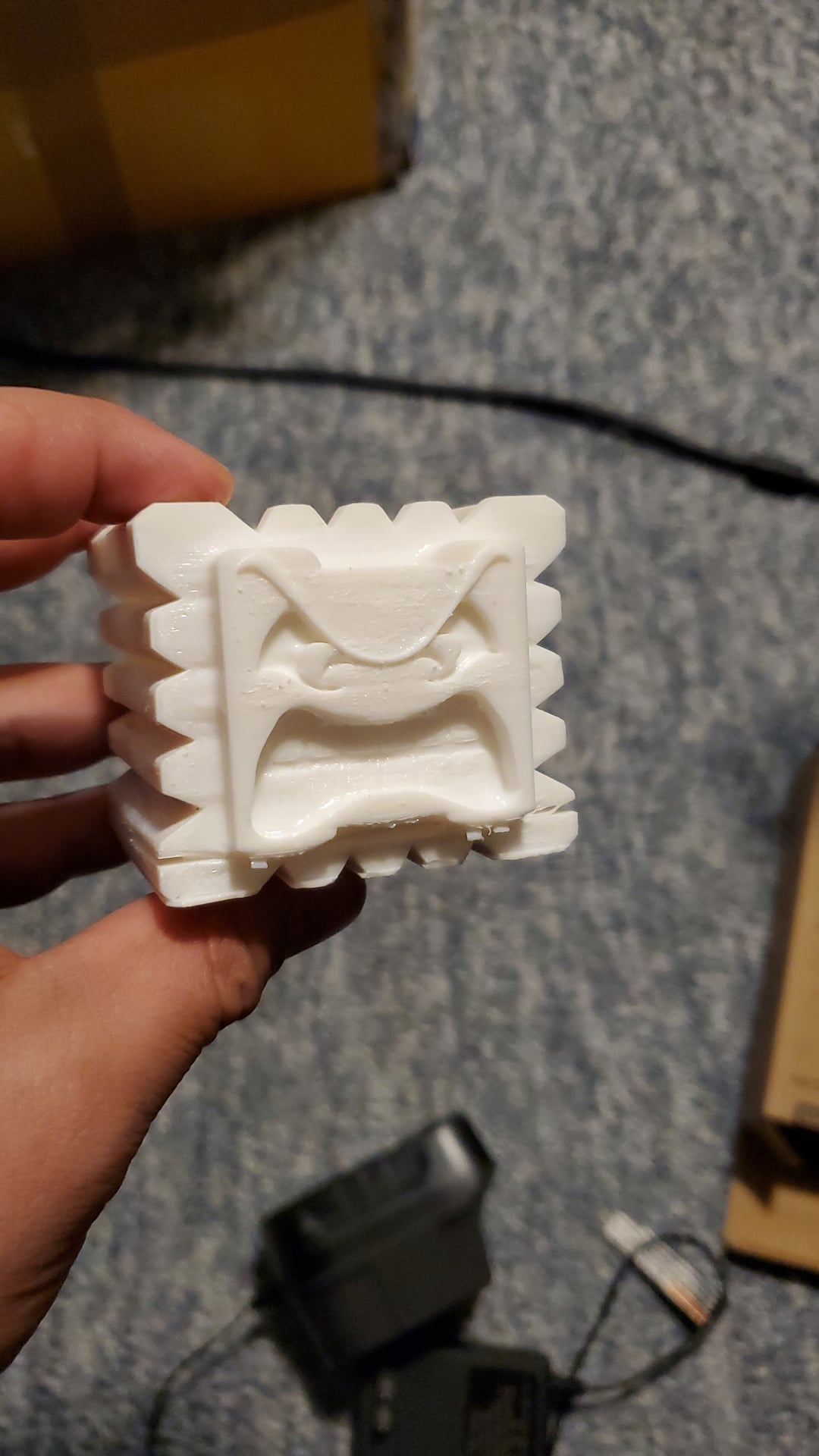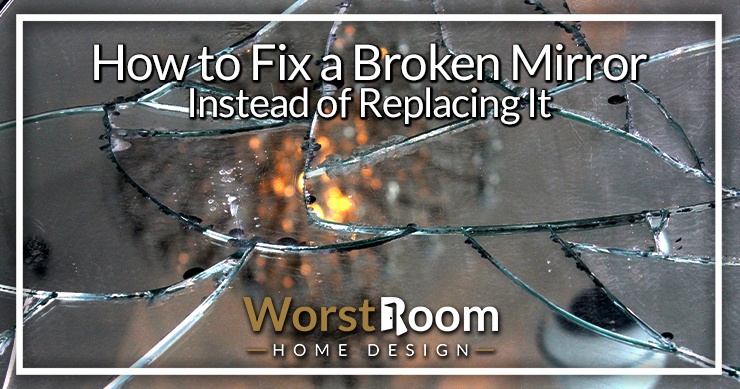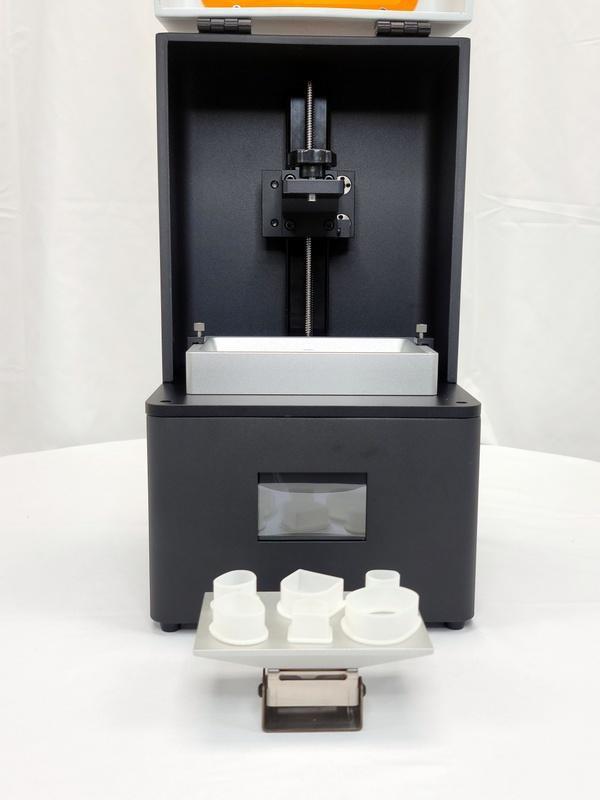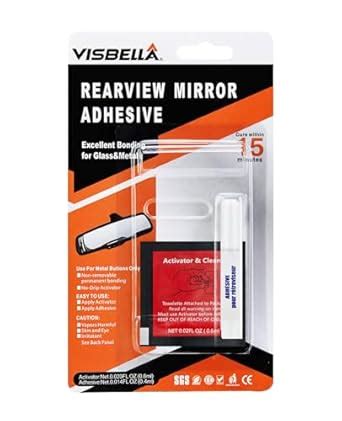Fixing Mirrored Resin Prints: A Guide

Resin 3D printing has revolutionized the prototyping and manufacturing industries, offering intricate and detailed prints with exceptional accuracy. However, one common challenge that many enthusiasts and professionals face is the issue of mirrored prints, where the orientation of the model is inverted. This can be frustrating, especially when you're working on complex designs or have strict time constraints. In this comprehensive guide, we'll delve into the causes, prevention, and effective methods to fix mirrored resin prints, ensuring your 3D printing journey is smooth and successful.
Understanding Mirrored Resin Prints

Before we dive into the solutions, let’s unravel the mystery behind mirrored resin prints. In resin 3D printing, also known as Stereolithography (SLA) or Digital Light Processing (DLP), the process involves curing liquid resin with a laser or light source to create solid objects layer by layer. The orientation of the model during the printing process is crucial, as it determines the final outcome. A mirrored print occurs when the model is positioned incorrectly, resulting in a reversed or flipped version of the intended design.
Common Causes of Mirrored Prints
There are several factors that can contribute to mirrored prints in resin 3D printing:
- Model Orientation: The most common cause is simply an incorrect orientation of the model in the slicing software. This can happen due to human error or a misunderstanding of the slicing process.
- Software Settings: Some slicing software has advanced settings that can affect the print orientation. Incorrect configuration of these settings, such as the build plate position or the rotation of the model, can lead to mirrored prints.
- Machine Calibration: Imprecise machine calibration, especially in the Z-axis, can cause the print to be mirrored or distorted. This is often seen in machines that require manual calibration or have sensitive settings.
- File Format Issues: The file format used for the 3D model can sometimes impact the print orientation. Certain file formats may not accurately represent the model’s intended orientation, leading to unexpected results.
Preventing Mirrored Prints

Prevention is always better than cure, and in the case of mirrored resin prints, taking some simple precautions can save you a lot of time and effort. Here are some best practices to avoid mirrored prints:
1. Understand Your Slicing Software
Familiarize yourself with the slicing software you’re using. Each software has its own unique features and settings, so take the time to explore and understand how it works. Pay close attention to the orientation and rotation tools, as these are critical for ensuring accurate prints.
2. Double-Check Model Orientation
Before slicing your model, double-check its orientation. Ensure that it is positioned correctly on the build plate, facing the right direction. Use visual references or guidelines within the software to confirm the orientation.
3. Optimize Software Settings
Review and optimize the settings in your slicing software. Make sure the build plate position is set correctly, and adjust any advanced settings that might impact the print orientation. Consult the software’s documentation or online resources for guidance on specific settings.
4. Calibrate Your Machine
Regularly calibrate your 3D printer, especially if it requires manual calibration. Calibration ensures that the machine is accurately aligned and can produce precise prints. Follow the manufacturer’s guidelines for proper calibration procedures.
5. Choose the Right File Format
Select an appropriate file format for your 3D model. STL and OBJ are commonly used formats that support accurate print orientations. Avoid using proprietary or less common file formats that may introduce orientation issues.
Fixing Mirrored Resin Prints
Despite your best efforts, mirrored resin prints may still occur. Don’t worry; there are effective methods to rectify the situation. Let’s explore some solutions:
1. Rotate the Model in Slicing Software
If you catch the mirrored print early in the slicing process, you can easily fix it by rotating the model. Most slicing software provides tools to adjust the model’s orientation. Simply rotate the model 180 degrees around the X-axis to correct the mirroring.
| Rotation Method | Slicing Software |
|---|---|
| Rotate X-axis | PrusaSlicer, Cura, etc. |

2. Reorient the Build Plate
In some cases, the build plate orientation may be the culprit. If the build plate is positioned incorrectly, it can cause the print to be mirrored. Adjust the build plate position in your slicing software to correct the orientation. Ensure that the build plate is aligned with the laser or light source for accurate printing.
3. Re-slice the Model
If rotating the model doesn’t fix the issue, try re-slicing the model with different settings. Experiment with the layer height, support structures, or other advanced settings to see if it resolves the mirroring problem. Re-slicing can sometimes provide a fresh perspective and help identify any subtle issues.
4. Use Post-Processing Techniques
For mirrored prints that have already been printed, you can employ post-processing techniques to correct the orientation. One method is to carefully remove the support structures and manually flip the model. This requires precision and may not be suitable for all designs. Alternatively, you can use specialized software tools or 3D modeling software to digitally flip the model and then reprint it.
5. Consult Expert Communities
If you’re still struggling to fix a mirrored print, don’t hesitate to reach out to expert communities or forums. Online communities dedicated to 3D printing often have experienced members who can provide valuable insights and guidance. Share your specific issue, and you’ll likely find helpful advice and solutions.
Performance Analysis and Real-World Examples
To illustrate the effectiveness of these methods, let’s examine some real-world examples and analyze the performance of each solution:
Case Study 1: Simple Model Rotation
A user encountered a mirrored print of a simple cube. By rotating the model 180 degrees in the slicing software, the issue was quickly resolved. This method is straightforward and suitable for basic models with a clear orientation.
Case Study 2: Complex Model Re-slicing
In a more complex scenario, a user printed a detailed architectural model with intricate details. The initial print was mirrored due to advanced slicing settings. By re-slicing the model with different support settings and a higher layer height, the mirrored effect was eliminated, resulting in a successful print.
Case Study 3: Post-Processing Flip
A 3D printing enthusiast encountered a mirrored print of a highly detailed statue. After carefully removing the support structures, they manually flipped the model, ensuring precision and attention to detail. This approach required extra care but produced an impressive result.
Future Implications and Advanced Techniques

As resin 3D printing technology advances, so do the methods to prevent and fix mirrored prints. Here are some future implications and advanced techniques to consider:
1. Automated Orientation Correction
Future slicing software may incorporate automated orientation correction algorithms. These algorithms could analyze the model and automatically adjust the orientation, reducing the risk of mirrored prints.
2. Advanced Calibration Tools
3D printer manufacturers are constantly improving calibration processes. Advanced calibration tools and procedures will make it easier for users to ensure precise machine alignment, minimizing the chances of mirrored prints.
3. Enhanced Support Structures
Research and development in support structure generation are ongoing. Future support structures may be designed to provide better stability and orientation control, reducing the need for manual adjustments.
Conclusion
Mirrored resin prints can be a minor setback, but with the right knowledge and techniques, they can be easily overcome. By understanding the causes, implementing preventive measures, and employing effective solutions, you can ensure that your resin 3D printing journey is smooth and free from unnecessary setbacks. Remember, practice makes perfect, and with each successful print, your expertise in resin 3D printing will grow.
How can I avoid mirrored prints in the future?
+To prevent mirrored prints, ensure you thoroughly understand your slicing software and its orientation tools. Double-check model orientation, optimize software settings, regularly calibrate your machine, and choose appropriate file formats. These precautions will significantly reduce the likelihood of mirrored prints.
What if I can’t rotate the model in my slicing software?
+If your slicing software lacks rotation tools, consider using a different software with more advanced features. Alternatively, you can manually adjust the STL file in a 3D modeling software and then import it back into your slicing software.
Are there any software tools specifically designed to fix mirrored prints?
+While there aren’t many dedicated software tools for fixing mirrored prints, some advanced 3D modeling software offers features to flip or mirror models. These tools can be used as a last resort if other methods fail.
Can I prevent mirrored prints by adjusting the build plate position during printing?
+Adjusting the build plate position during printing is not recommended as it can affect the overall print quality and accuracy. It’s best to address mirrored prints by adjusting the model orientation or software settings before printing.



